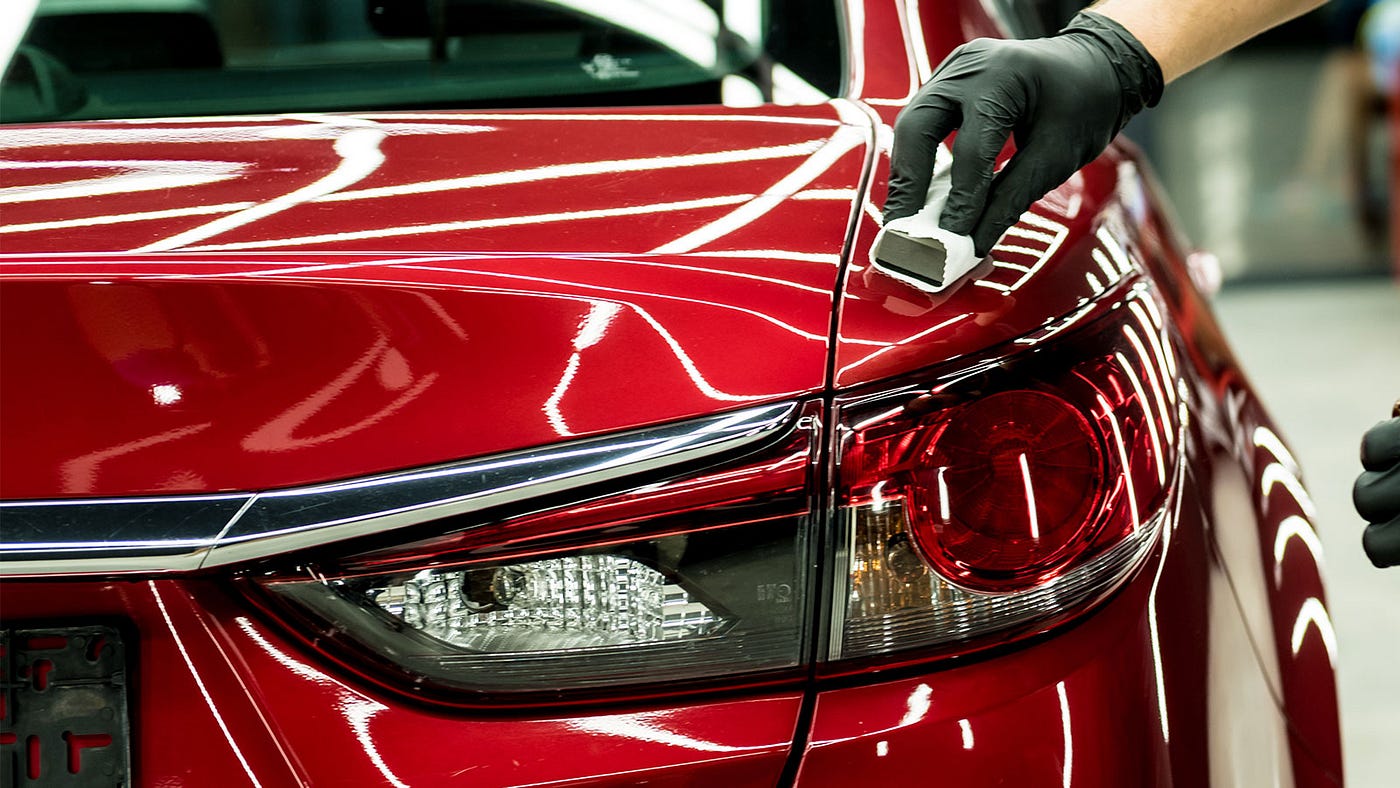Unveiling the Scientific Research Behind Ceramic Coatings: Exactly How Does It Job and Why Is It Above Conventional Alternatives?
Ceramic coverings have been getting appeal in different industries for their phenomenal performance and durability. Understanding just how ceramic finishes job and why they surpass traditional choices is important for those seeking to improve the long life and resilience of their materials.
The Chemistry of Ceramic Coatings
In understanding ceramic finishes, delving right into the detailed chemistry behind their structure is vital for comprehending their functionality and durability. Ceramic finishes are mainly made up of silicon dioxide (SiO2), which develops a solid and protective layer when related to various surface areas. This chemical structure supplies remarkable resistance to warmth, chemicals, and rust, making ceramic coatings extremely searched for for a vast array of applications.
The chemistry behind ceramic coverings entails the formation of covalent bonds between silicon and oxygen atoms, developing a rigid network that boosts the covering's durability and resilience. Furthermore, the existence of other components such as zirconium, titanium, and light weight aluminum additional enhances the layer's properties, offering increased solidity and adhesion to surface areas.
Understanding the chemical structure of ceramic layers permits for the customization of formulas to match details demands, whether it be for automotive, industrial, or domestic functions. By using the power of chemistry, ceramic coatings remain to pave the way for exceptional security and efficiency in different sectors.
Advantages of Ceramic Coatings

As an outcome, ceramic finishes make cleaning and keeping surfaces a lot less complicated and less lengthy. On the whole, the wide range of advantages used by ceramic coverings make them a superior choice contrasted to traditional finishing approaches.
How Ceramic Coatings Bond
Ceramic layers bond to surface areas with a process that entails molecular adhesion and chemical communications. When a ceramic finish is related to a surface, it creates a strong bond by chemically adhering to the surface at a molecular level. This bond is created through the development of covalent bonds, which are very strong and resilient. The ceramic coating's particles permeate the pores of the surface area, producing a tight grip that resists separation.
Additionally, the chemical communications between the ceramic covering and the surface further enhance the bond. ceramic coatings san jose. These communications permit the ceramic covering to create a continuous and seamless layer on the surface, providing excellent protection and toughness. Unlike typical coatings that may rest on the surface area without totally bonding, ceramic finishes develop an irreversible bond that is resistant to chemicals, UV rays, and harsh visit this page environmental conditions

In essence, the bonding system of ceramic coatings ensures a resilient and reliable click here for more info safety layer that outshines typical layer choices. This exceptional bond adds to the toughness, scrape resistance, and durability of ceramic coverings, making them a preferred selection for different applications.
Sturdiness of Ceramic Coatings
The phenomenal long life of ceramic layers stems from their durable molecular bond and chemical communications with surface areas, making sure a durable protective layer that goes beyond standard finishing choices. Once applied, ceramic layers form a solid bond with the substratum, creating a durable obstacle versus various environmental stress factors such as UV radiation, chemicals, and abrasions. This bond is so secure that it can stand up to the roughness of everyday use without degrading or degrading promptly.
Unlike typical coverings that may deteriorate over time, ceramic finishings preserve their stability for an extensive duration, supplying resilient protection for the underlying surface area. Generally, the exceptional resilience of ceramic finishes makes them a premium option for safeguarding a wide range of surface areas in numerous applications.
Ceramic Coatings Vs. Typical Choices
In comparison to traditional finish methods, ceramic finishings offer a distinct blend of sturdiness and protective abilities that set them apart in numerous surface area security applications. Standard options such as wax or sealants offer a short-term layer of security that can use off swiftly, needing frequent reapplication. On the other hand, ceramic coverings form a solid bond with the surface area, producing a semi-permanent or long-term barrier that is highly immune to abrasion, chemicals, UV rays, and severe temperatures.
Furthermore, ceramic finishings provide superior hydrophobic residential properties contrasted to conventional coverings. The hydrophobic nature of ceramic coverings causes water to grain up and roll off the surface, carrying dust and pollutants with it. This self-cleaning Web Site effect aids to preserve the surface's cleanliness and gloss for extensive periods, decreasing the demand for constant maintenance.
Additionally, ceramic coatings have a thicker layer contrasted to standard options, providing enhanced scrape resistance and security against small impacts. This sturdiness ensures long-lasting efficiency and assists preserve the visual appeal of the dealt with surface area for an extensive period.
Conclusion
Finally, the scientific research behind ceramic finishes hinges on their chemical structure and bonding properties, making them above traditional alternatives. The advantages of ceramic finishings include increased toughness and security for surfaces. By recognizing just how ceramic finishings work and their benefits over conventional alternatives, one can make enlightened decisions when taking into consideration layer choices for various applications.
Unlike typical layers that may sit on the surface area without fully bonding, ceramic coatings produce a permanent bond that is immune to chemicals, UV rays, and severe environmental conditions.
The exceptional durability of ceramic finishes stems from their durable molecular adhesion and chemical interactions with surfaces, ensuring a long lasting safety layer that exceeds typical covering options.Unlike traditional finishes that might deteriorate over time, ceramic finishes maintain their integrity for an extended period, offering lasting security for the underlying surface.In comparison to conventional covering methods, ceramic coverings provide a distinctive blend of resilience and protective capabilities that establish them apart in numerous surface area defense applications. By recognizing how ceramic coatings work and their advantages over traditional options, one can make enlightened choices when thinking about finish choices for various applications.